How To Sharpen A Kitchen Knife
- January 31, 2024
- 0 comment
A dull kitchen knife can make cooking a frustrating and inefficient experience. Properly sharpening your kitchen knife is essential for maintaining its effectiveness and ensuring your safety. Whether you have a whetstone, a honing rod, or a knife sharpener, there are several methods to keep your kitchen knives sharp and ready for use.
Understanding the Basics
When you’re getting ready to sharpen a kitchen knife, it’s important to know a bit about the knife first. Think of kitchen knives like tools in a toolbox – each one has a special job. You’ve got your chef’s knife, which is the all-rounder, good for chopping and slicing.
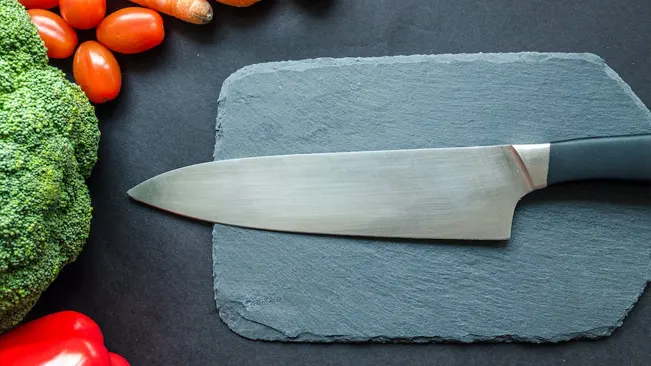
Then there’s the paring knife, which is smaller and perfect for peeling fruits or doing delicate work. And don’t forget the serrated knife, with its tooth-like edge that’s great for cutting bread without squishing it. Each of these knives needs a bit of a different touch when it comes to sharpening. Knowing your knife is key – it’s not just about making it sharp, but also about keeping it right for the job it’s meant to do.
Why Knives Become Dull
Even the best knives get dull after you use them a lot. Think of it like this: every time you use a knife, it’s like it’s going on a little adventure. Chopping on cutting boards, slicing through all sorts of food – all these adventures can make the knife’s edge a bit rough and less sharp. It’s like the knife is getting tired.
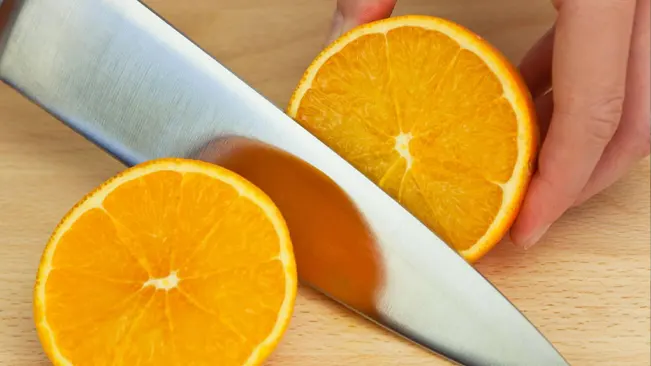
The edge can get tiny bends or chips that you can’t see, but you’ll notice when it doesn’t cut as well. The kind of cutting board you use matters too. Cutting on something hard can make your knife dull faster than cutting on something softer. But getting dull isn’t the end for a knife – it’s just a sign that it’s time to give it a little care and make it sharp again. It’s all part of keeping your kitchen buddy in good shape so it can help you make more delicious meals.
Understanding Knife Sharpening Tools
Before diving into the sharpening process, it’s important to understand the tools at your disposal:
- Whetstone: A whetstone, also known as a sharpening stone, is a traditional and effective tool for sharpening knives. It consists of a flat stone with different levels of coarseness on each side.
- Honing Rod: Also called sharpening steel, a honing rod is a long, slender tool made of steel or ceramic. While it doesn’t technically sharpen the blade, it helps maintain its edge by straightening it.
- Knife Sharpener: Electric or manual knife sharpeners are convenient tools designed to simplify the sharpening process. They use abrasive materials to grind and hone the knife’s edge.
Step-by-Step Guide to Sharpening a Kitchen Knife
Using a Whetstone

- Prepare the Whetstone: Soak the whetstone in water for about 10-15 minutes before use. This helps prevent the knife from getting damaged during the sharpening process.
- Position the Whetstone: Place the whetstone on a non-slip surface, ensuring it won’t move around during sharpening.
- Angle the Knife: Hold the knife at a 20-degree angle to the whetstone. This angle may vary depending on the type of knife, so it’s essential to follow the manufacturer’s recommendations.
- Start Sharpening: With light pressure, run the blade across the stone in a sweeping motion, maintaining the angle. Start with the coarser side of the stone and gradually move to the finer side.
- Test the Sharpness: After a few strokes on each side, test the sharpness of the knife by slicing through a piece of paper or a tomato. Repeat the process if necessary.
Using an Honing Rod
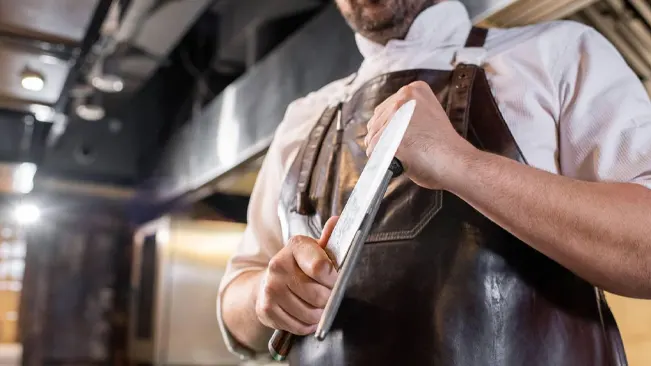
- Grip the Rod: Hold the honing rod vertically with the tip resting on a non-slip surface.
- Angle the Knife: Hold the knife at a 15-20 degree angle to the honing rod, ensuring the entire edge makes contact with the rod.
- Hone the Blade: Starting from the base of the knife, draw the blade down the rod towards you while maintaining the angle. Repeat this process on the other side of the blade.
- Test the Sharpness: After honing, test the knife’s sharpness by cutting through a piece of paper or a soft fruit.
Using a Knife Sharpener
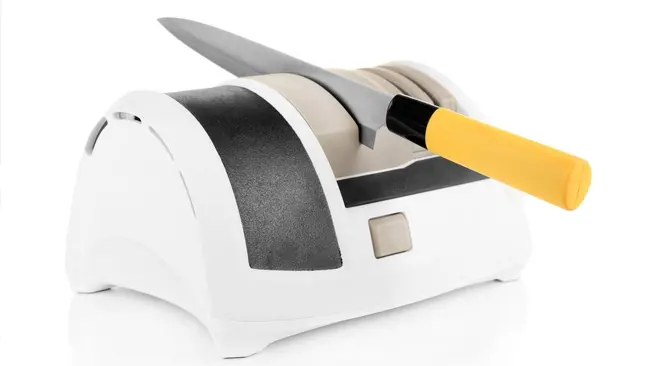
- Follow Manufacturer’s Instructions: Different knife sharpeners have varying instructions, so it’s crucial to follow the specific guidelines provided with your sharpener.
- Insert the Knife: Place the knife in the designated slot or position as per the sharpener’s instructions.
- Activate the Sharpener: For electric sharpeners, turn on the device and run the knife through the slots. For manual sharpeners, move the knife back and forth according to the provided instructions.
- Test the Sharpness: Once sharpened, test the knife’s edge to ensure it meets your desired level of sharpness.
Maintenance and Safety Tips
Keeping your kitchen knives in top shape doesn’t end with sharpening. Regular care and correct handling are essential for maintaining their performance and ensuring your safety. Here are some maintenance and safety tips to help you get the most out of your knives:

Regular Maintenance
Don’t wait for your knives to become dull to give them attention. Regular maintenance is key. Make it a habit to hone your knives with a honing rod. This doesn’t sharpen the knife but straightens the edge, keeping it in line and ready for action. It’s like a quick tune-up between the more thorough sharpening sessions. A few strokes on the honing rod before or after each use can make a significant difference in maintaining your knife’s sharpness and prolonging its life.
Safety First
Sharpening knives comes with risks, so always prioritize safety. When you’re sharpening, make sure your workspace is well-lit and free from distractions. Keep your fingers away from the blade and maintain a firm grip on the knife handle to prevent it from slipping. Use slow, steady strokes whether you’re using a whetstone, a sharpening rod, or any other tool. Remember, a controlled motion not only ensures better-sharpening results but also minimizes the risk of accidents.
Clean the Knife
After sharpening, it’s important to clean your knife thoroughly. The sharpening process can leave behind tiny metal particles and other debris on the blade. Wash the knife with warm, soapy water and then rinse it well. Dry it immediately with a clean towel to prevent any water spots or rusting. This not only keeps your knife clean but also ensures that it’s ready for the next use without any residue from the sharpening process.
By incorporating these maintenance and safety tips into your routine, you can keep your kitchen knives in prime condition. A well-maintained knife not only makes food preparation a breeze but also adds an element of joy to your cooking experience. Remember, a sharp, well-cared-for knife is more than just a tool; it’s a trusted partner in your culinary adventures. So, give your knives the care they deserve, and they’ll serve you well, meal after meal.
Conclusion
Keeping your kitchen knives sharp is crucial for efficient and safe food preparation. Whether you’re using a whetstone, honing rod, or knife sharpener, understanding the right technique and maintaining your tools will ensure your knives stay in top condition.
Regular maintenance, proper technique, and safety precautions are key to prolonging the life of your knives and making your cooking experience enjoyable and effortless. Remember, a well-sharpened knife is a chef’s best friend in the kitchen!
FAQs
1. How often should I sharpen my kitchen knives?
It depends on how often you use your knives and what you’re cutting. Generally, sharpening every few months is good for regular home use. But if you notice your knife struggling to cut through soft foods like tomatoes, it’s time to sharpen it.
2. Can I sharpen serrated knives the same way as straight-edged knives?
No, serrated knives need a different approach. They require a sharpening tool that fits into their serrations. It’s a bit more delicate than sharpening a straight-edged knife.
3. What’s the best angle to sharpen a kitchen knife?
Most Western knives work best with a 20-degree angle on each side, while many Asian knives are sharpened to about 15 degrees. Always check the manufacturer’s recommendations for your specific knife.
4. How do I know if my knife is sharp enough?
A simple test is to slice through a piece of paper or a ripe tomato. A sharp knife should cut through smoothly without any tearing.
5. Can I sharpen my knife too much?
Yes, over-sharpening can wear down your knife quicker and reduce its lifespan. Sharpen only when necessary, and don’t apply too much pressure when sharpening.
6. Is a honing rod the same as a sharpener?
No, a honing rod doesn’t sharpen; it straightens the knife’s edge. You should hone your knife regularly but sharpen it only when it’s dull.
7. How do I take care of my whetstone?
After each use, rinse your whetstone and brush off any metal filings. Let it dry completely before storing. Also, ensure it’s flat by occasionally correcting its surface with a flattening stone.
8. Can I sharpen my knives with a honing rod?
No, a honing rod is for maintaining the edge between sharpenings. It won’t sharpen a dull knife.
9. Are pull-through sharpeners bad for knives?
Not necessarily, but they can remove more metal than necessary and may not work well for higher-quality knives. It’s best to use them cautiously and follow the manufacturer’s instructions.
10. Why is it important to keep knives sharp?
Sharp knives are safer and more efficient. They require less force to cut, reducing the risk of the knife slipping and causing an injury.

Arthur Grant
With a profound expertise in all kinds of knives and a specialized focus on knife sharpening, I've established myself as a leading figure in the knife community. My journey began with a keen interest in the multifaceted world of knives, spanning from culinary masterpieces to tactical tools. This passion led me to explore and master the art and science of knife sharpening, blending age-old techniques with cutting-edge methods to ensure optimal performance of every blade. My commitment to sharing this wealth of knowledge led to the creation of a dedicated blog, where I engage with a community of knife enthusiasts. Through this platform, I offer a wealth of resources including detailed reviews, insightful tutorials, and the latest in knife trends and innovations. My aim is to educate and inspire, providing valuable information on the proper care, maintenance, and usage of knives, catering to both professionals and hobbyists alike.

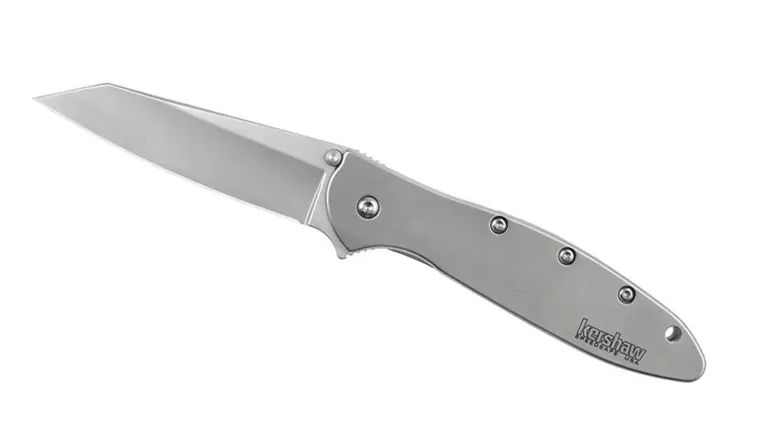
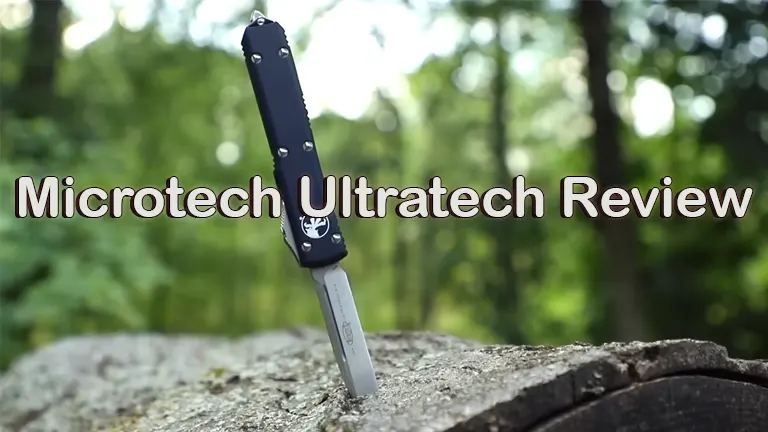
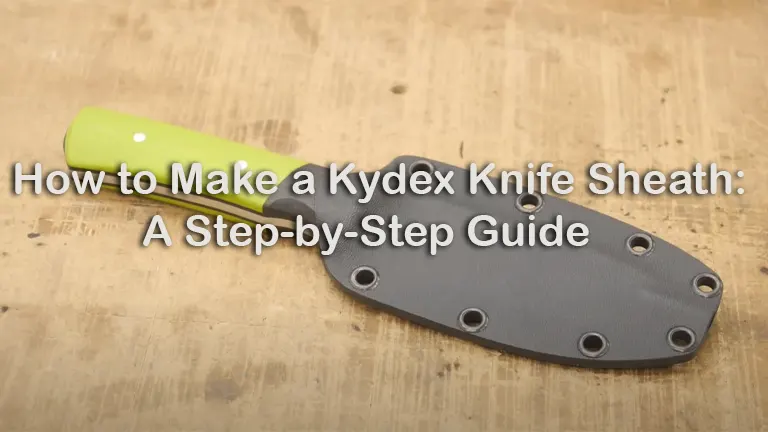
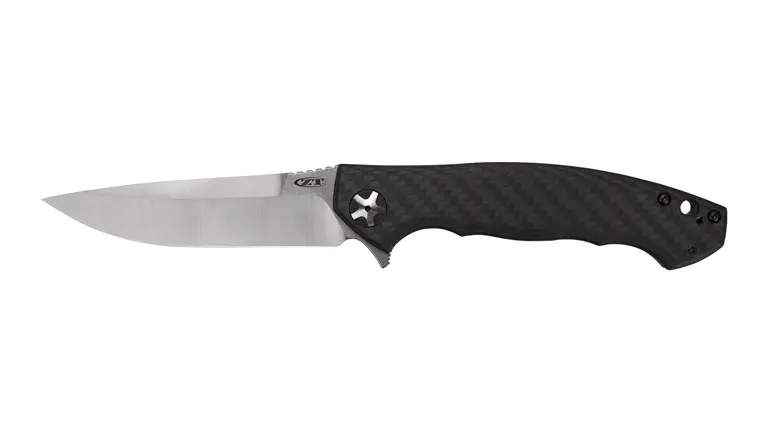

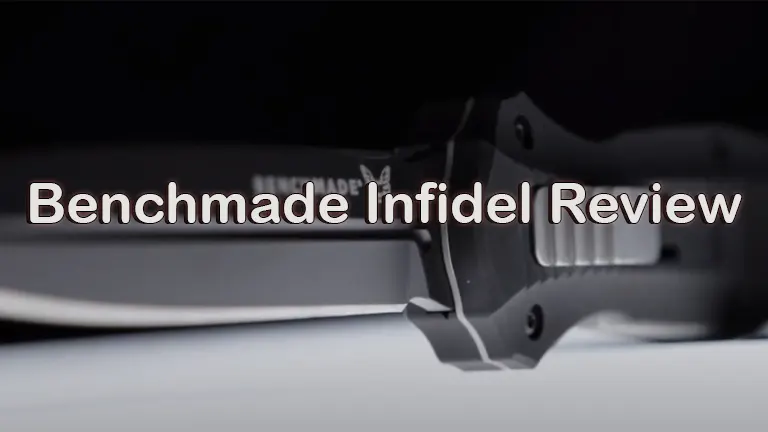

Leave your comment